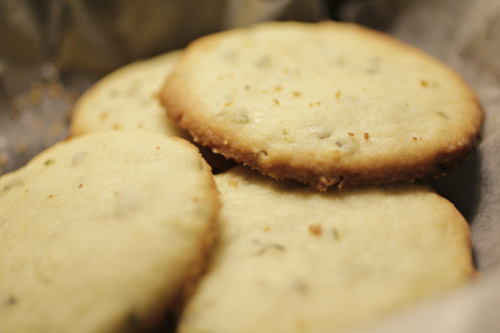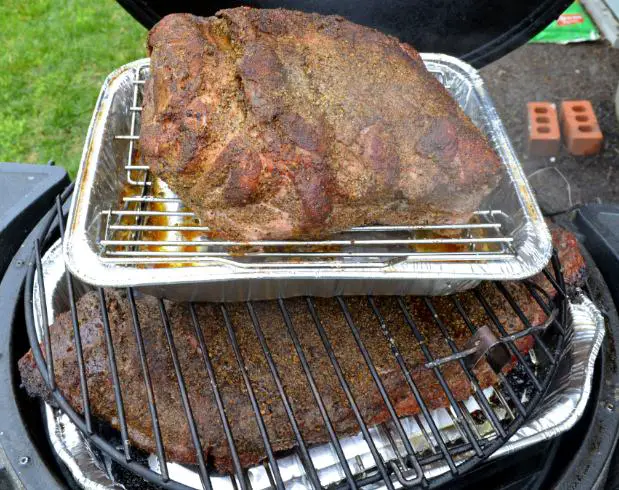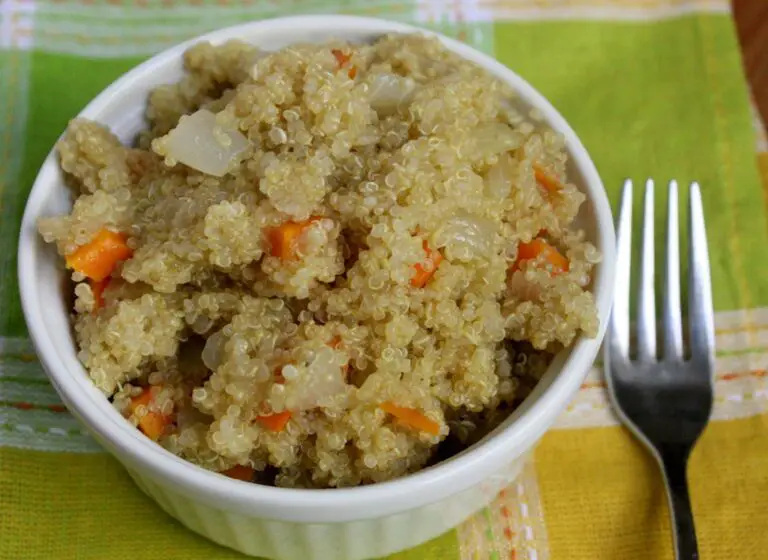Utterly Butterly Light is a popular butter alternative that has gained the affection of many because of its low fat and calorie contents. However, there is some debate as to whether it can be used for baking or not. In this article, we will discuss everything you need to know about using Utterly Butterly Light for your baking needs.
Introduction
Utterly Butterly Light is a type of margarine which is made from vegetable oil instead of milk fats. It is significantly lower in both calories and fat than regular butter, making it an attractive option for those who are conscious about their health. However, this has led some to question whether it can be used in baking.
What to Consider When Using Utterly Butterly Light for Baking
Before we discuss if Utterly Butterly Light can be used in baking, let’s first look at what distinguishes it from regular butter.
- Fat content: Regular butter contains approximately 80% fat, while Utterly Butterly Light contains around 39-41%. This difference makes Utterly Butterly light much less greasy than regular butter.
- Texture: Because of its vegetable oil base, Utterly Butterly light has a softer texture compared to regular butter.
Given these distinctions, one should consider the effects of utilizing margarine as opposed to butter on baked goods. The reason why people use butter in baked recipes is not merely due to taste but also how it affects its construction process.
When you use regular high-fat contented butter (at room temperature) in baking recipes like cakes or cookies, it provides structure and stability while creating tiny pockets as air bubbles get trapped inside the mixture during whipping.
On the other hand, when you use low-fat margarine such as Utterley buttery light works differently than real butter because there’s less fat content available and may dissolve too quickly once heated up—negatively impacting its overall quality.
Pros of Using Utterly Butterly Light for Baking
While there are pros and cons of using Utterly Butterly light in baking, here are some advantages to consider:
- Lower in calories and fat: One of the most notable advantages of using Utterly Butterly Light is that it is much lower in both calories and fat compared to regular butter. So, if you’re someone who’s looking to lessen their calorie or fat intake, this may be an ideal option.
- Benefits those who are health-conscious or have dietary restrictions: Because it’s dairy-free, Utterly Butterly Light is an excellent option for people with lactose intolerance, food allergies, vegetarian and vegan lifestyle choices.
- Potential cost savings compared to regular butter: As a common aspect with some dairy products during certain times of the year prices prices can fluctuate – which may impact your household budget; on the other hand, margarine or substitutes such as like butter light tend to relatively maintain a consistent price allowing you predictably factor the cost into your budget plan.
Cons of Using Utterly Butterly Light for Baking
Despite its benefits, there are also potential drawbacks when using Utterley Butterley light as a substitute for regular butter in baked goods:
- Differences in texture and flavor compared to regular butter: As previously mentioned, Utterley buttery has less fat than conventional butter. This means that it has a different taste texture because oil can penetrate deep into batter concoction more often than not. It also doesn’t brown up as solid as real butter does.
- May produce less desirable results with certain recipes: If the recipe depends more on structure built by swift and robust bubbling in its mixing process then one may not want to use margarine while baking since it’ll cause hurdles due to different chemistry compared to real dairy products. Specific consequences could include density issues or collapsed cake.
- Not ideal for all types of desserts or baked goods: Using Utterly Butterly light may not always be suitable for various dessert applications where baking is involved. For example, one would prefer real butter to keep croissant layers flaky, rich and tinier than a fat-based product.
Tips for Using Utterly Butterly Light in Baking
If you’re still keen on using Utterley buttery light as a substitute for regular butter in your baking recipes, here are some tips that’ll ensure better-quality outcomes:
- Understand proper substitution ratio when replacing regular butter with Utterly Butterly light: Ensure to abide by the right proportion recommended recipe requirements while substituting conventional butter with margarine which is usually written at the back of the package.
- Recipe modifications depending on type of dessert/baked good being made: Pay significant attention to your recipe’s nature and what it requires from dairy products during blending processes—make slight adjustments accordingly to maintain consistency.
- Importance of using the right utensils and tools when baking with Utterly Butterly light: While electric mixers yield more desirable results when mixing fats like real butter, it’s not always same with substitutes such as margarine but can also use a wooden spoon or pastry blender whenever necessary. It’s important also to stay within manufacturer recommendations noted on their online resources.
Alternatives to Using Utterly Butterly Light in Baking
If you find out that using Utterley Butterley light doesn’t fit your needs, there are various healthier alternatives worth trying out:
- Other lower-fat substitutes like applesauce, yogurt, avocado puree can effectively hold liquid batter together while adding flavors. You can find online guides or experiment yourself if approved within a recipe’s requirements.
- Types of butter replacements available on the market other than margarine: several dairy-free products in recent years have been produced with high-fat contents equivalent if not higher than real butter with coconut oil or textured vegetable protein.
Conclusion
When it comes to baking, using Utterly Butterly Light as a substitute for regular butter can have advantages but also some disadvantages. While this product is a potentially excellent option if you’re looking to control your calorie or fat intake, people should proceed cautiously depending on recipe and application limitations. As noted above, there are other substitutes available in the market that could be better for particular baked goods. Always review manufacturer’s guidance related to intended baking practices anytime you decide to use unconventional products during any of your cooking activities!
Q&A
- Q: Can I substitute Utterly Butterly light for regular butter in a baking recipe? A: Yes, you can use Utterly Butterly light as a substitute for regular butter in baking recipes. It has a similar texture and taste to regular butter, but with fewer calories.
- Q: Will using Utterly Butterly light affect the taste and texture of my baked goods? A: While the taste and texture of your baked goods may be slightly different when using Utterly Butterly light, it shouldn’t be too noticeable. It’s always best to experiment and see what works best for you.
- Q: Are there any tips or tricks for baking with Utterly Butterly light? A: One thing to keep in mind when using Utterly Butterly light for baking is that it does have a lower fat content than regular butter. This means that your baked goods may not be as rich or moist as they would be with regular butter, so you might need to adjust your recipe accordingly.
- Q: Is there a limit to how much Utterly Butterly light I can use in a recipe? A: There’s no hard and fast rule when it comes to how much Utterly Butterly light you can use in a recipe – it really depends on the specific recipe you’re working with. However, because it has less fat than regular butter, you might need to use more of it in order to achieve the same results. Experimentation is key!




